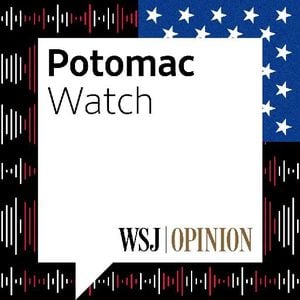A mysterious illness known as "Disease X" has emerged as a significant health concern in the Democratic Republic of the Congo (DRC), where over 400 cases have been reported since October. The World Health Organization (WHO) recognizes the severity of the situation as it struggles to determine the origins and nature of this deadly disease.
Health authorities indicate the outbreak is centered around the Panzi health zone within the Kwango province. Notably, many of the impacted individuals are children, raising alarms about the disease's spread and the subsequent risk to vulnerable populations.
According to reports, local officials have tallied at least 143 fatalities attributed to this outbreak, causing grave concern among the communities. While the WHO has confirmed 31 deaths, regional sources provide higher estimates, indicating possible unreported fatalities occurring outside healthcare facilities.
The situation is complicated by the challenging logistics of the area's infrastructure. Heavy rains have struck the region, rendering access difficult and delaying the deployment of healthcare teams. The WHO emphasizes they are sending rapid response teams to assist with the situation, which is only exacerbated by the prevalence of malnutrition among those infected.
Severe symptoms characterize the disease, including fever, headaches, fatigue, breathing difficulties, and cough, mirroring other prevailing illnesses such as pneumonia and malaria. Investigators are considering multiple potential causes, including respiratory illnesses and vector-borne diseases, as they conduct lab tests to pinpoint what is occurring.
"This is not the first time we have seen outbreaks of mysterious diseases causing widespread concern," noted Professor Paul Hunter, who pointed out the necessity of gathering accurate information to gauge the potential risk beyond the DRC.
The DRC's healthcare infrastructure faces significant challenges. Limited laboratory facilities hinder timely testing, leaving health officials grappling with the mystery behind Disease X. Rapid response protocols are underway, involving thorough clinical examinations and community health assessments.
Children are hardest hit, often representing over 64% of all cases and nearly 71% of deaths associated with this outbreak. Health officials continue to urge caution, warning of the disease's potential airborne characteristics and its implications for public health safety.
The WHO's continuous monitoring of the situation remains pivotal as authorities work to control the outbreak, with global health entities on alert about the potential for international spread.
Within hours of the outbreak's announcement, global health authorities mobilized efforts to track the disease's origins, raising awareness of the importance of swift action to mitigate its impact. Given the connection between malnutrition and severity of symptoms, officials are advocating for the enhancement of nutrition programs alongside medical interventions to combat Disease X's spread.
"While authorities have stated the risk remains low on the international front, it is prudent for health systems worldwide, especially those receiving travelers from the region, to implement enhanced surveillance systems," remarked health policy analysts.
The fear surrounding Disease X reflects broader concerns about global health security and the preparedness of health systems to respond to emergent infectious diseases.
Practicing stringent health measures, such as promoting vaccination and ensuring access to nutritional resources, is now more important than ever to safeguard communities at risk from infectious diseases.



